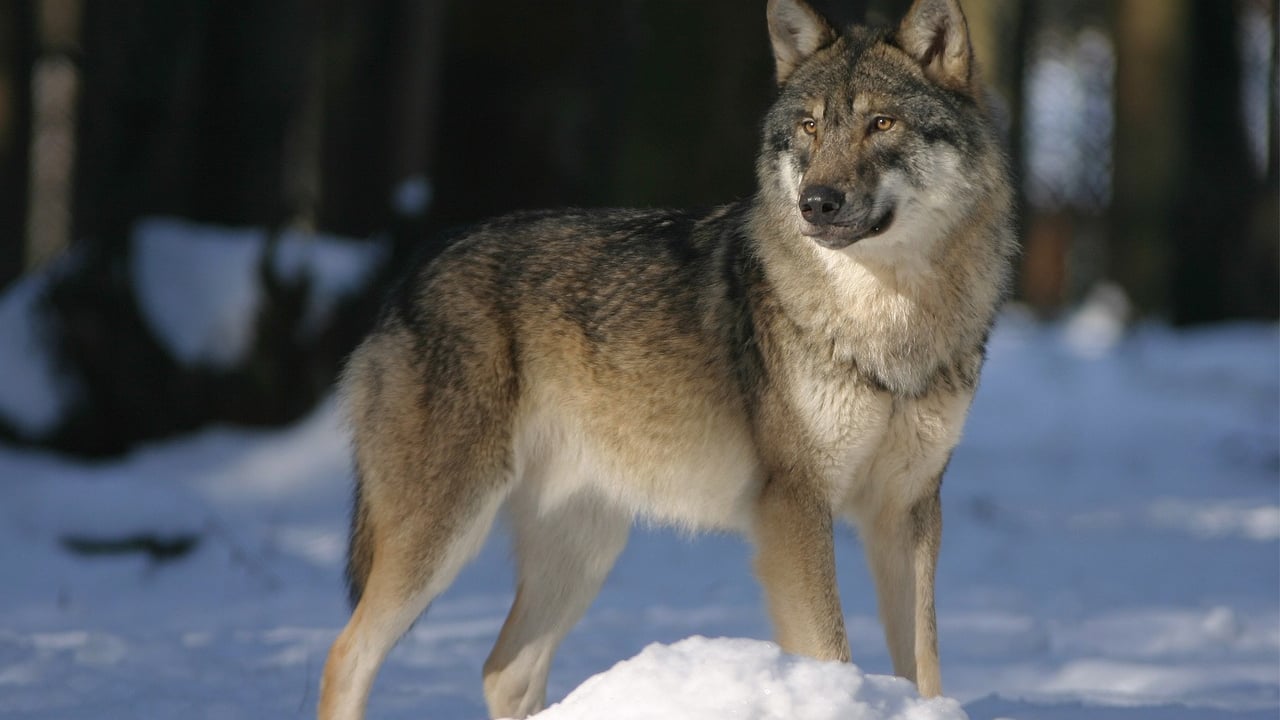EU to reduce protection status of wolves to protect livestock
The European Commission has proposed to amend the EU Habitats Directive to change the protection status of wolves from ‘strictly protected' to ‘protected' in an effort to protect livestock in countries with wolf populations.
The commission's proposal will give flexibility to member states in managing their local wolf populations, so that they can take measures that are adapted to regional circumstances.
As the wolf will remain a protected species, member states' conservation and management measures will still need to achieve and maintain favourable conservation status.
Member states will still have the possibility to maintain a higher level of wolf protection, if deemed necessary under national law.
The commission said that investments in appropriate damage prevention measures remain essential to reduce livestock predation.
Funding and other forms of support will continue to be available to help member states and stakeholders design and implement such measures, the commission said.
Commenting on the proposal, President of the European Commission Ursula von der Leyen said: "In some European regions, wolf packs have become a real danger, especially for livestock.
"We are proposing a change of EU law that will help local authorities to actively manage wolf populations while protecting both biodiversity and rural livelihoods," President von der Leyen said.
The proposal to reduce the protection status will now have to be adopted by both the European Parliament and the Council of the EU.
In recent years, farm organisations and agriculture ministers in a number of member states have raised concerns over the rise in wolf attacks on livestock.
Last year, a Council of EU meeting of agriculture ministers heard calls for more to be done to address the problem, and the threat from large carnivores in general.
EU agriculture sector stakeholders say that large carnivores – mainly wolves and bears – are a threat to livestock in several member states.
There have been repeated calls for the protection status of the wolf to be altered to allow a limited amount of wolf hunting where they present a threat to livestock.





